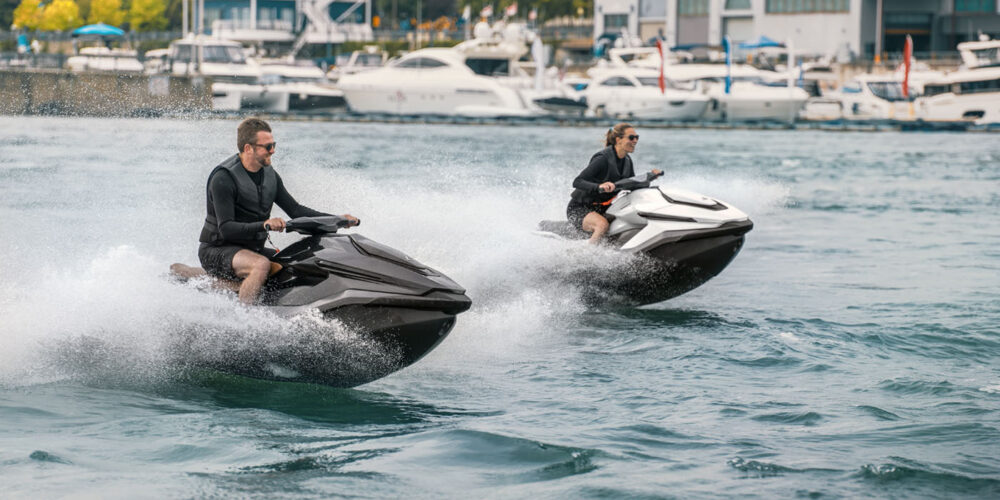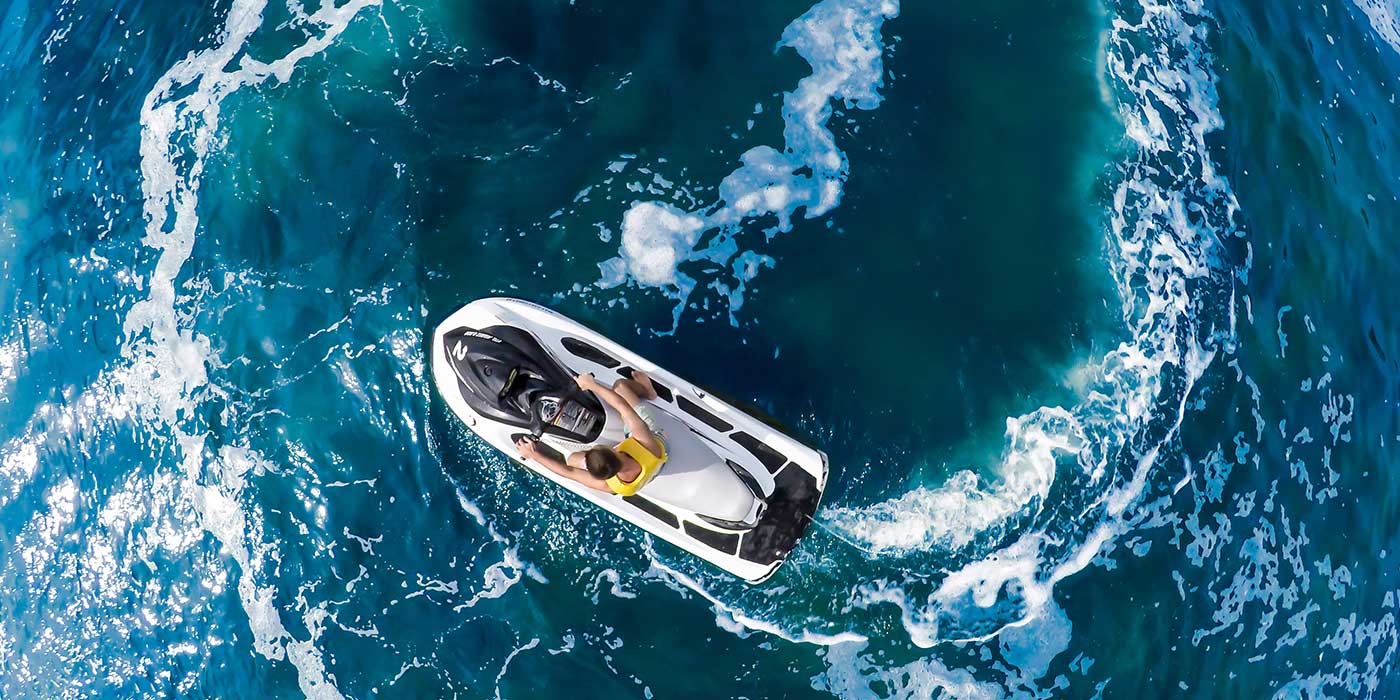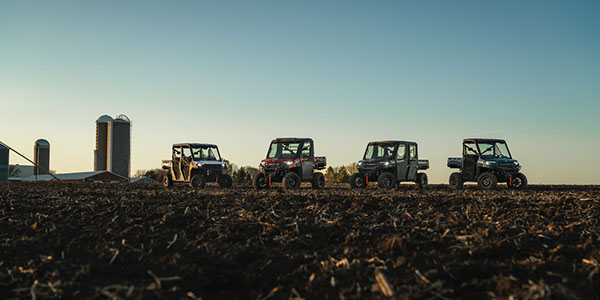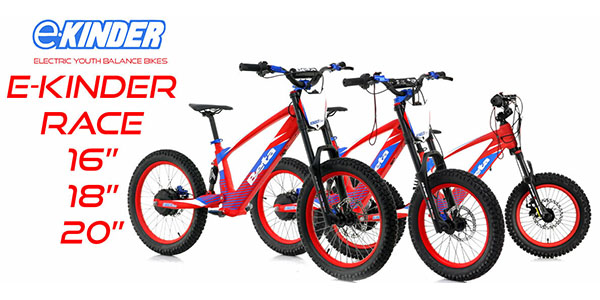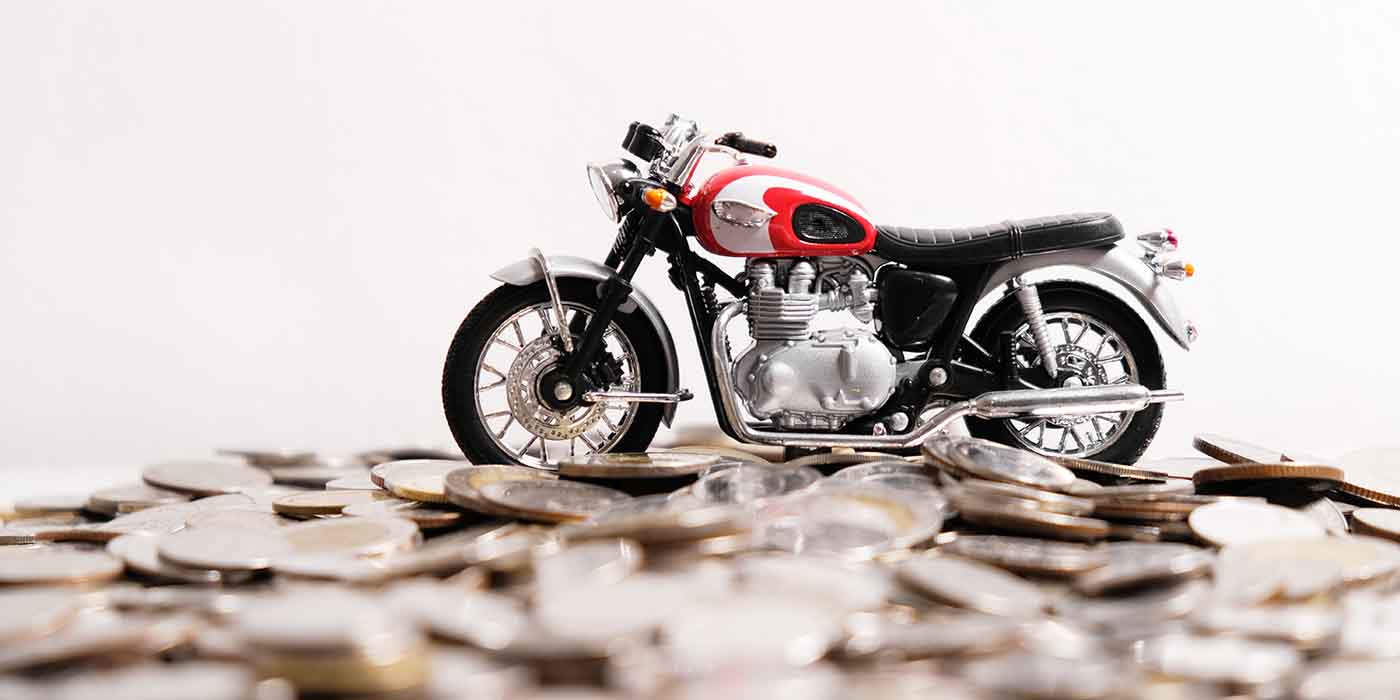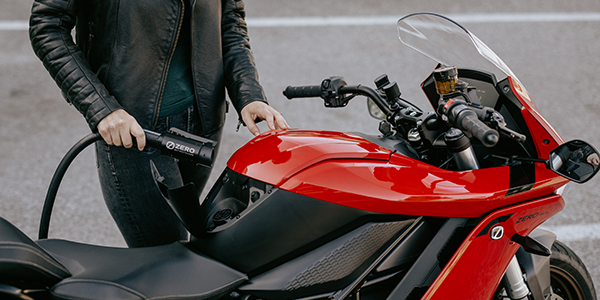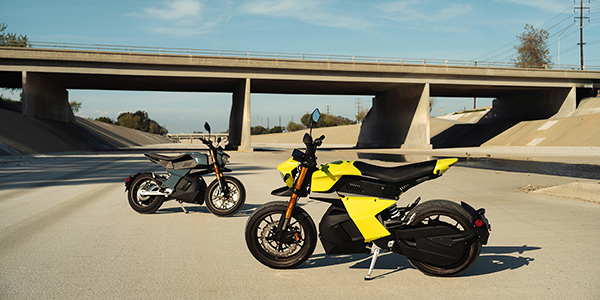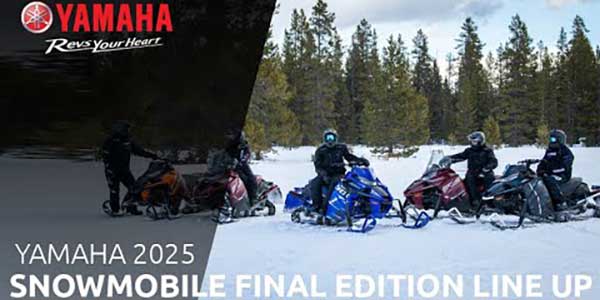Technology integration, use-specific options and electric personal watercraft (PWC). According to Tim McKercher, Sea-Doo media relations, these are the primary advances that PWC manufacturers are focusing on today as they design their models. “We want to make watercraft as easy as possible to operate by maximizing control and easy to own by eliminating the irritants. And we want to be stewards of our playgrounds around the globe,” he says.
But what exactly are PWC owners looking for, and what demands are manufacturers taking into account? “Advanced features and power are definite wants, but getting on and starting every time is the most-asked for feature,” Cj Lammers, president of SBT, asserts.
Related: Selling to First-Time PWC Buyers
This overall peace of mind that comes with having a reliable vehicle is key, McKercher agrees. He also adds that comfort and stability rank high on the list of customer desires. For instance, whether a customer “sits in” or “sits on” a PWC comes into account, and several models have lowered the center of gravity in everything — from the rider and passenger to the storage area — to lead to a more confident, controlled ride.
Of course, fun is another main driver for PWC consumers, and part of one’s enjoyment comes from having a versatile craft that maximizes its value.
Technology Developments
Over a decade ago, the biggest change to hit the PWC market was the shift from two-strokes to four-strokes, resulting in cleaner engines. They’ve also become quieter since then.
According to Bryan Seti, general manager, Yamaha WaterCraft Group, the main improvements to PWCs in more recent years have focused on performance, efficiency and user experience, including:
- Increased fuel efficiency: Many manufacturers meet the strictest regulations for fuel efficiency and emissions. Technologically advanced motors adjust the engine’s performance to optimize fuel consumption.
- More advanced hull designs: “Advanced hull designs, such as stepped hulls, have been developed to improve handling, stability and reduce drag,” Seti says.
- User-friendly features: Electronically controlled throttles allow users to go forward, reverse and decelerate without them ever having to take their hands off the handlebars.
- Integration of digital technology: Advanced digital displays provide users with such information as speed, fuel level and navigation data. Users can also set preferences, such as the acceleration curve for towing, and enact digital security measures to prevent theft.
Integrating technology into PWCs has been key in recent years. Even though riders are looking to “disconnect” by going out on the water, the truth is that they still want to “connect” in certain ways — with music, navigation, cameras, etc. “This is going to continue to be an area of development: the integration of technology on the gauge where the rider never has to remove their hands from the handlebars,” McKercher notes.
Of course, when we’re talking about technology, we have to address the elephant in the room: what about electric PWCs? How far have they come, and are more on the way?
Electric PWCs
“The biggest change [to the market] is the emergence of electric PWCs,” Lammers states. “Although a nascent technology … we see that segment growing, not unlike other powersport categories.”
But while Lammers acknowledges these vehicles are coming, he notes that there are only a few smaller, startup companies currently in that market; as such, he believes that we’re still several years from major adoption, but once the major OEMs hop on board, these electric vehicles (EVs) will really take off.
Many experts agree that the main factors affecting the development of electric PWCs are performance, range, charging infrastructure and design. Manufacturers are working to find the best long-term solutions in light of these issues.
Seti notes, “One important factor is the range and battery life of electric watercraft, as customers will likely expect a certain level of performance and range from their watercraft. Additionally, charging infrastructure and support will be important considerations, as customers will want to be able to easily and reliably charge their watercraft to ensure that they can use them when needed.”
Related: Review: Taiga Orca Carbon
However, according to Annick Lauzon, communications and brand director at Taiga Motors Inc., the availability of charging stations is less of a problem than one might expect. “On-water charging is already readily available throughout the marine industry. Charging on shore power or a marine pedestal is a seamless process. The boating industry has long-standing electrical infrastructure already in place; as EV education rises, these existing infrastructures can be leveraged in new ways for endless waterway adventures,” she elucidates.
Electric PWCS offer customers the same kind of fun but with a different ownership and rider experience, compared to internal combustion engines (ICE). “Most notably, this new technology ensures low-to-no maintenance cycles, no winterization and silent operation. Riders are surrounded with the sounds of nature,” Lauzon explains. End-of-season storage simply encompasses taking the PWC out of the water, washing it and leaving it with over a 60% charge.
Furthermore, Lauzon notes, “Redesigning the PWC with an electric powertrain meant that [we weren’t] constrained to legacy products and approached the platform with the intention to create a no-compromises watercraft that is exhilarating to ride.”
Just as electric car chassis have been completely redesigned from ICE engine bays and their counterparts, PWCs too can shift the traditional position of the battery and powertrain. On a PWC, this can drastically change the center of gravity and thus weight distribution and handling, which are easily felt on the water. Furthermore, like all electric powersport vehicles, these craft have near instant acceleration. “An electric powertrain simplifies vehicle ownership and at the same time delivers unreal torque, bringing a compelling offering to the industry that has wide-ranging uses, from recreational to fleets,” Lauzon adds.
Of course, electric PWCs still come with a hefty price tag in comparison to their similar-sized and -powered ICE counterparts, but with world economies still recovering from the pandemic and threats of more financial instability on the horizon, consumers may be tightening their purse strings in the near future. This means that bigger four-stroke skis and luxury models may see a drop in sales in the coming years, while smaller models hold strong or even need to be replaced due to aging.
“Big, powerful skis (and expensive!) have been the focus for the most recent past, but smaller skis … at a more reasonable cost are going to bring back the market, helping replacing aging two-stroke models (most of which are both lighter and smaller), especially on smaller lakes,” Lammers concludes.

